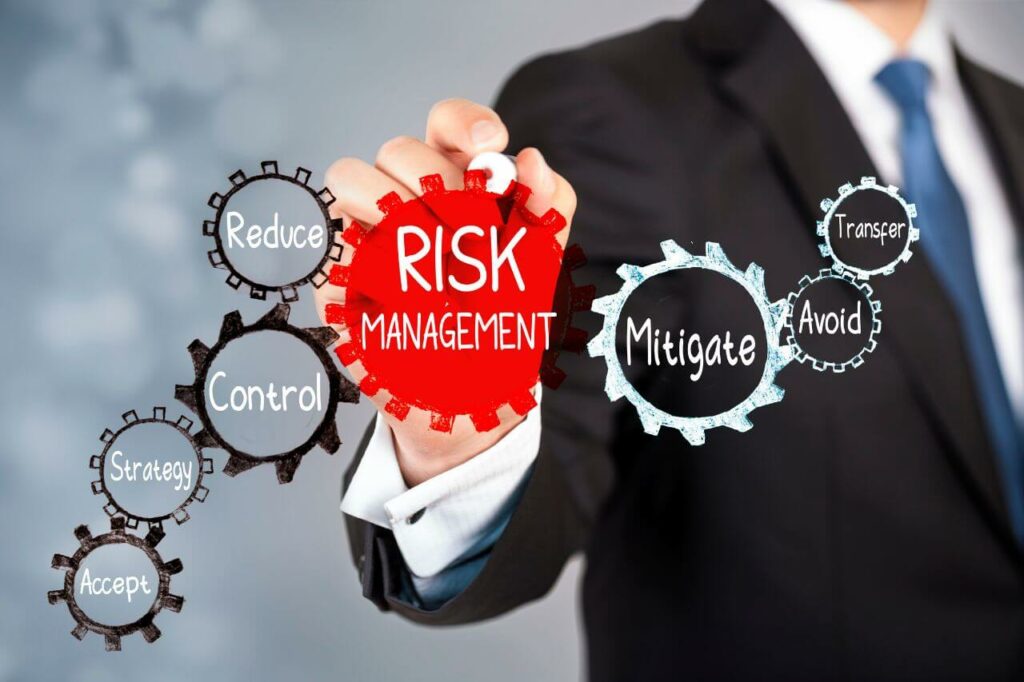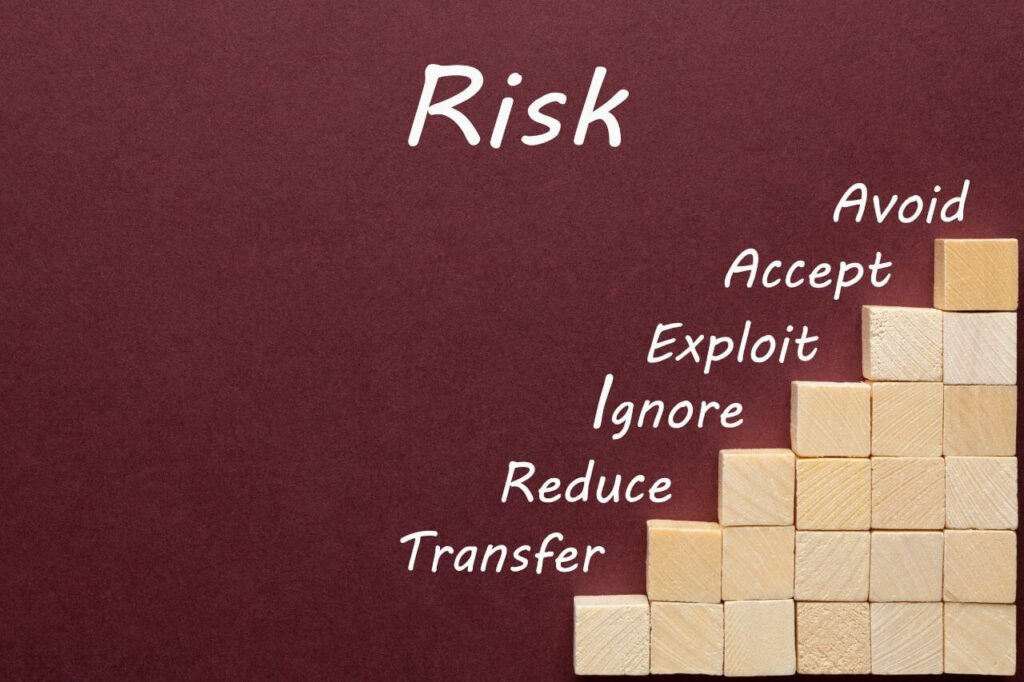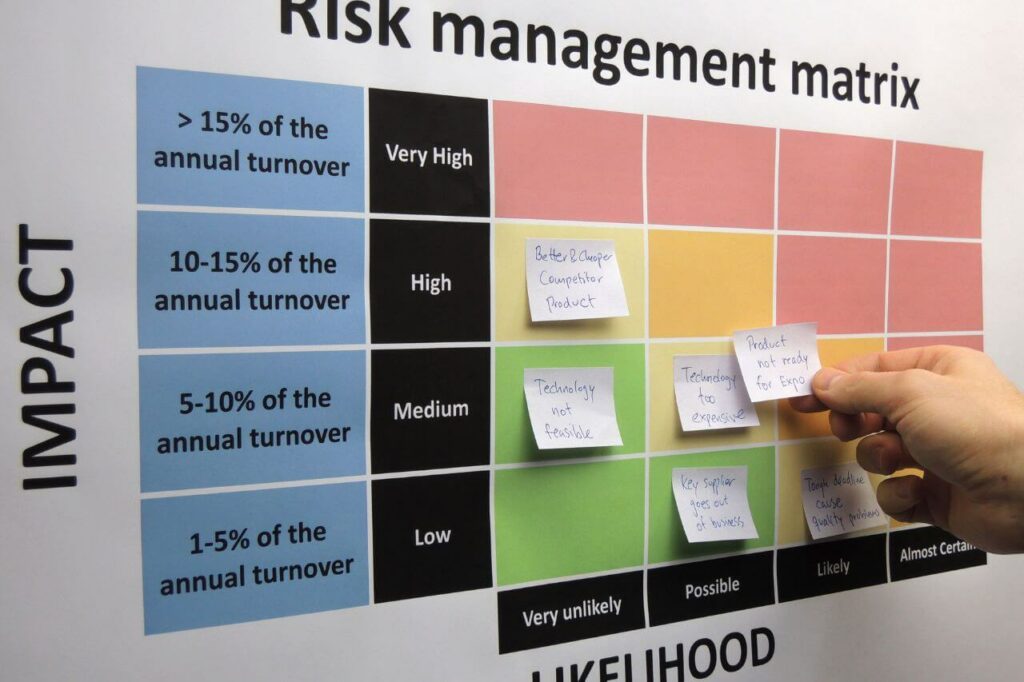For any project that you undertake, you will definitely face a lot of risks and the success of the project hugely depends on your ability to manage them.
When it comes to managing risk, understanding the various risk attributes is crucial as this will help you to make informed decisions and take proactive steps to minimize potential negative outcomes.
This post will talk about risks in project management, risk attributes, and explore how to use these risk attributes for risk assessment in risk management to analyze and prioritize risks.
Risks in Project Management
In project management, risks are uncertain events or situations that have the potential to impact your project negatively or positively. Yes, not every risk connotes doom for your project and there happen to be risks that are positive events.
Risks can arise from various sources, including technical issues, changes in the project environment, resource constraints, and natural events.
There are many different types of risks that you may encounter when managing a project. Some common types of risks include:
1. Strategic Risks
Strategic risks are related to the overall goals and objectives of the project and may arise from changes in market conditions, technological advances, or shifts in customer demand.
2. Operational Risks
Operational risks are related to the day-to-day operations of the project and may include issues such as equipment failure, supply chain disruptions, or resource shortages.
3. Financial Risks
Financial risks are related to the financial aspects of the project, such as budget overruns, cost overruns, or unexpected expenses.
4. Legal Risks
Legal risks are related to legal issues or compliance concerns that may arise during the project.
5. Environmental Risks
Environmental risks are related to environmental factors that may impact the project, such as natural disasters, pollution, or changes in weather patterns.
6. Political Risks
Political risks are related to political factors that may impact the project, such as changes in government policies or regulations.
As a project manager. It’s important for you and your team to consider all potential types of risks when assessing and managing risk in order to ensure the success of your projects.

Managing Risks in Your Projects
Effective risk management is key to your project’s success. As a project manager, the safe approach toward risk management is being proactive rather than reactive after the risk event has occurred.
This way, you can identify and mitigate potential risks before they affect your project in a negative way and increase the likelihood of a successful project.
These are key steps to take to effectively manage your project risks:
1. Risk Identification
The first step in risk management is to identify the risks that can affect your project. This can be done through a variety of methods, such as brainstorming sessions, risk assessments, and project stakeholder interviews.
2. Risk Analysis
Once you have identified the risks that could affect your project, the next step is to analyze the risks in more detail.
This involves evaluating the probability and impact of each risk, as well as the time horizon over which the risk will be present.
3. Risk Response Planning
Based on your analysis of the identified project risks, the next thing to do is develop plans on how to eliminate or mitigate these risks, and what to do in the likelihood that these risks do occur.
This might involve implementing controls or procedures to prevent the risks from happening, or developing contingency plans to address the risks if they do occur.
4. Risk Monitoring and Review
It is important to regularly monitor and review the risks in a project to ensure that the risk response plans are effective and to identify any changes that may be needed.
This may involve updating the risk response plans or implementing new risk management strategies as the project progresses.

What are Risk Attributes?
Risk attributes are the characteristics and features of a risk that help us understand it better. These attributes are factors that contribute to the overall level of risk associated with an event or particular situation.
These attributes include things like the probability of a risk occurring, the potential consequences or impact of the risk, the time frame in which the risk is expected to occur, and the controls or mitigations in place to manage the risk.
By properly understanding the attributes of various risks associated with your project, you will be able to make decisions on how to respond to these risks and develop effective strategies to mitigate or eliminate them.

Critical Risk Attributes for Your Project
Each risk is not the same as they have different attributes that will determine the best way to manage them. These 6 risk attributes are crucial to your risk management efforts.
1. Probability
Risk probability refers to the likelihood that a particular risk will occur.
This is an important consideration in risk management because it helps you understand the potential impact of the risk and prioritize your efforts accordingly.
Risk probability can be expressed in a number of ways, including as a percentage, a likelihood rating (such as “likely,” “unlikely,” or “rare”), or on a scale (such as “high,” “medium,” or “low”).
The specific method used to express risk probability will depend on your organization or project team’s preferences and risk management processes.
When assessing risk probability, it’s important to consider both the likelihood of the risk occurring and the potential consequences if it does occur.
This can help you as a project manager to prioritize risks and allocate resources appropriately to mitigate the potential impact of the risk.
For example, if a risk has a high probability of occurring and a high potential impact, it may be more urgent to address and require more resources to mitigate.
On the other hand, if a risk has a low probability of occurring and a low potential impact, it may be less urgent to address and require fewer resources to mitigate
2. Impact
Risk impact refers to the potential consequences of a particular risk occurring. An evaluation of the potential impact of a risk helps you understand the potential impact of that risk on your project and prioritize your efforts accordingly.
Risk impact can be expressed in a number of ways, including in terms of financial costs, delays, or damage to reputation.
The specific method used to express risk impact will depend on your organization or project team’s preferences and risk management processes.
When assessing risk impact, it’s important to consider both the likelihood of the risk occurring and the potential consequences if it does occur.
This can help project managers prioritize risks and allocate resources appropriately to mitigate the potential impact of the risk.
For example, if a risk has a high probability of occurring and a high potential impact, it may be more urgent to address and require more resources to mitigate.
On the other hand, if a risk has a low probability of occurring and a low potential impact, it may be less urgent to address and require fewer resources to mitigate.
It’s also important to remember that risk impact isn’t always easy to quantify, and it may be necessary to consider intangible factors such as damage to reputation or customer satisfaction.
In these cases, it’s important to use your best judgment and consider the potential consequences of the risk occurring.
3. Time Horizon
Risk time horizon refers to the time frame over which a particular risk is expected to occur.
Risks can be short-term or long-term, and the risk time horizon can vary depending on the type of risk and the specific project.
For example, a risk related to a supplier delivering materials late may have a shorter risk time horizon than a risk related to a change in market conditions.
It’s important to consider the risk time horizon when assessing and managing risk. This can help in prioritizing risks and allocating resources appropriately to mitigate the potential impact of the risk.
For example, if a risk is expected to occur in the short term, it may require more immediate action, while a long-term risk may require more long-term planning and resources.
4. Visibility
Risk visibility refers to the extent to which risks are identified and communicated within an organization or project team.
High-risk visibility means that risks are easily identifiable and are openly discussed and communicated, while low-risk visibility means that risks are harder to identify and may not be openly discussed or communicated.
Effective risk management requires a high level of risk visibility, as it allows early risk identification and assessment, in order to take proactive steps to mitigate them.
This can be achieved through regular risk assessments, open communication channels, and the use of risk management tools and techniques.
On the other hand, low-risk visibility can lead to a lack of awareness and understanding of potential risks, which can result in inadequate planning and an increased likelihood of negative consequences.
It’s important for organizations and project teams to ensure that risks are identified and communicated in a timely and transparent manner in order to effectively manage them.
5. Controllability
Risk controllability refers to the extent to which a particular risk can be controlled or managed.
This gives an understanding of which risks should be mitigated or eliminated, and which risks should be accepted or transferred to another party.
There are several factors that can impact a risk’s controllability, including the project team’s knowledge, resources, and expertise, as well as external factors such as market conditions or regulatory requirements.
Risks that are highly controllable can often be mitigated or eliminated through proactive planning and the implementation of controls.
For example, if a risk is related to a specific process or task, it may be possible to implement additional controls or procedures to reduce the likelihood of the risk occurring.
On the other hand, risks that are less controllable may need to be accepted or transferred to another party.
For example, if a risk is related to external market conditions, it may be difficult to control or eliminate, and it may be necessary to transfer the risk to another party through the use of insurance or contracts.
It’s important to regularly assess the controllability of risks in order to understand which risks can be mitigated or eliminated, and which risks must be accepted or transferred.
This can help ensure that appropriate resources and efforts are allocated to managing risks effectively.
6. Velocity
Risk velocity refers to the speed at which a risk evolves or changes over time. This is a risk attribute that can impact the likelihood and potential impact of a risk, as well as the effectiveness of risk mitigation efforts.
Risks can change or evolve for a variety of reasons, such as changes in market conditions, technological advances, or shifts in customer demand.
It’s important for regular assessments of the risk velocity in order to understand how they may be changing over time and adjust their risk management efforts accordingly.
If a risk has a high velocity, it may be necessary to monitor and assess the risk more frequently in order to identify any changes or developments that may impact the risk likelihood or impact.
This may require additional resources and efforts to manage the risk effectively.
On the other hand, if a risk has a low velocity, it may be possible to assess and manage the risk less frequently, as it is less likely to change or evolve significantly over time.

How to Evaluate Risk Attributes
There are several methods you can use to evaluate risk attributes. Ultimately, the method you choose to evaluate risk attributes will depend on the specific needs and resources of your organization.
It may be useful to use a combination of methods to get a more comprehensive understanding of the risk.
Here are some common methods:
1. Probability and Impact Matrix
This method involves plotting the likelihood of a risk occurring on one axis and the potential impact of the risk on the other axis.
The risk is then placed in one of four quadrants based on its probability and impact. This can be a useful way to visually represent and compare risks.
2. Risk Likelihood and Consequence Rating
This method involves assigning ratings to the likelihood of a risk occurring and the potential consequences of the risk if it were to occur.
These ratings can be based on a scale, such as low, medium, and high, or they can be numerical ratings. The overall risk can then be evaluated by considering the combination of the likelihood and consequence ratings.
3. Risk Assessment Questionnaire
This method involves using a structured questionnaire to evaluate the likelihood and impact of a risk.
The questionnaire typically includes a series of questions about the risk, and the responses are used to assign likelihood and impact ratings.
4. Expert Judgment
Expert judgment involves consulting with experts or subject matter specialists to assess the likelihood and impact of a risk.
The experts can provide valuable insights and information about the risk, which can help to more accurately assess its attributes.
5. Monte Carlo Simulation
Monte Carlo simulation involves using computer software to model the potential outcomes of a risk based on a range of probabilities and impacts.
The results of the simulation can help to better understand the potential consequences of the risk and inform risk management decisions.
Conclusion
Risk attributes are an important part of risk management and play a key role in identifying, analyzing, and managing risk.
By understanding the different types of risk attributes and how they impact a project, you can make informed decisions and take proactive steps to mitigate potential risks.
Risk attributes can come in all shapes and sizes, and it’s important to be on the lookout for them at all times. Whether it’s a technical issue, a change in regulations, or something else entirely, you need to be prepared for anything.
So, don’t be caught off guard – stay vigilant and keep an eye on those risk attributes. With a little bit of effort and the right approach, you can turn those potential risks into manageable challenges and keep your project on track.





